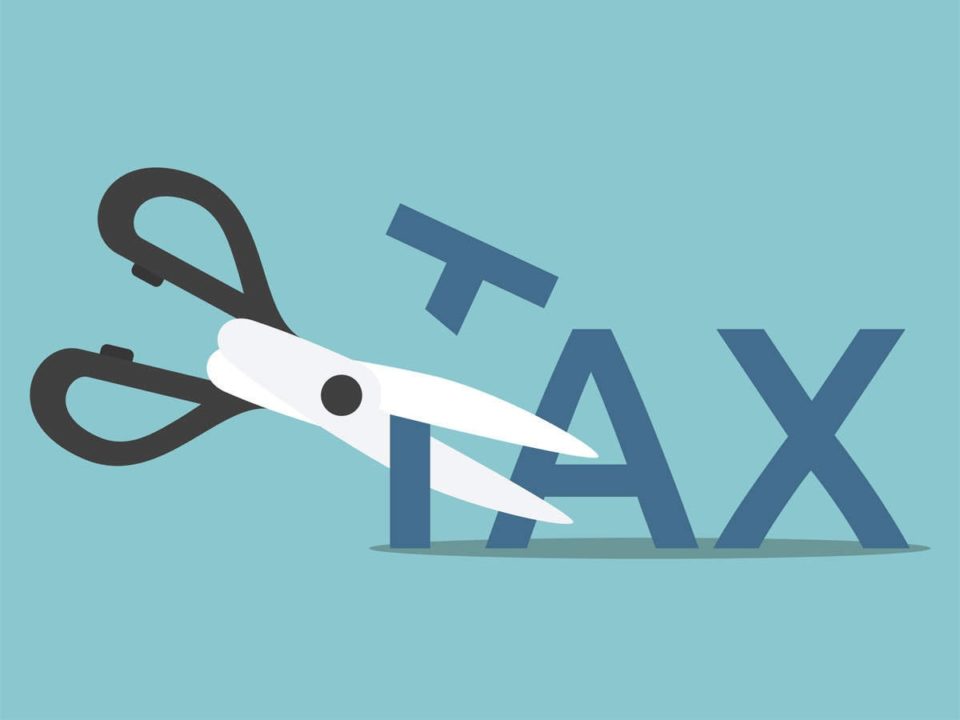GST is a new taxation system that applies to all the business owners involved in goods and services. This is the largest tax reform in the History of India post-independence. It took its final shape after passing through a long thorny path.
The expert economists have different perspectives about its impact on small and medium scale industries (SMEs) combining which you can conclude that it has a mixed impression on the SMEs, there are both opportunities and challenges. You will be able to explore them when you dive deep into the law particularly made for the small industries.
Increase in Compliance Costs
The small entrepreneurs must be aware of the fact that the law has brought different challenges, including higher compliance cost and familiarity with IT systems with new processes.
The Government’s intention with the inception of this law is to ensure the expansion of the number of taxpayers, but this does not increase the tax burden on the taxpayer whether it is for an individual or a business.
Ministry of Finance designed GST in such a way that it covers each businessman of our country having an aggregate turnover of 40 lakhs and above. Even for the northeastern states, the lowest limit is 20 lakhs.
On the flip side, the registered taxpayers need to get out of their comfort zones to enjoy the benefits of indirect tax costs.
Many business owners are not familiar with digital technology and online fund transfer. They are scared of GST payment online. You might be aware of the fact that a huge number of entrepreneurs are doubtful about the online tax payment, and they prefer cash for any monetary transaction.
Payment of Excise Duty
SME manufacturers were earlier exempted from paying excise duty if their annual taxable turnover is a maximum of 1.5 Crores. But they are liable to pay full tax mentioned in GST portal online. This will lead to tough competition with the market leaders as far as cost for the tax is involved.
You can look into Khatabook for all GST related tasks, starting from online registration, invoice, claiming returns and more.
Increase in the Tax Rate
Small scale service sector is also paying tax at a higher rate under GST, which is 15 percent effectively. GST has also covered some major Central and State level taxes, for instance, excise duty, service tax, central sales tax, value-added tax, additional customs duties, entry tax, luxury tax, octroi etc.
These taxes, on the whole, constitute a great fraction of the product price. It had a lower tax rate previously under certain categories.
Trading Entities Support the Uniformity Despite the Higher Service Tax Rate
Under the new GST system, different product categories may see a reduction in the tax rate, which come under 18 to 20 percent. The rate is likely to increase on which the current rate is 15 percent.
Although you can expect an expansion of the input credit that will go through an offsetting increase, but if a better input tax credit is available, the increase of tax on services will be little.
Despite so much of confusion revolving around the new GST release, the trading sector is welcoming this reformation as this will ensure a uniform tax rate throughout the country. This will, in turn, ease out the way of doing business in the country in every sector.
Small Entrepreneurs are Complaining About the Drop in Sales
Most of the registered taxpayers complain they are facing a huge drop in sales both in the goods and services sector due to GST reformation. They say that there is a significant decrease in their businesses as compared to the scenario before the GST.
When the customers realized that they have to pay INR 18000 GST against a purchase worth INR 1, 00,000, most of them are stepping back. They prefer not to buy it or going to a well-known brand which has a negative impact on the small to medium scale business owners with an annual turnover of 17-18 lakh roughly.
When you are asking the customers to pay a hefty amount as GST, they are going to go to branded stores where they buy the same object at a higher price since they are used to paying more in the branded stores.

